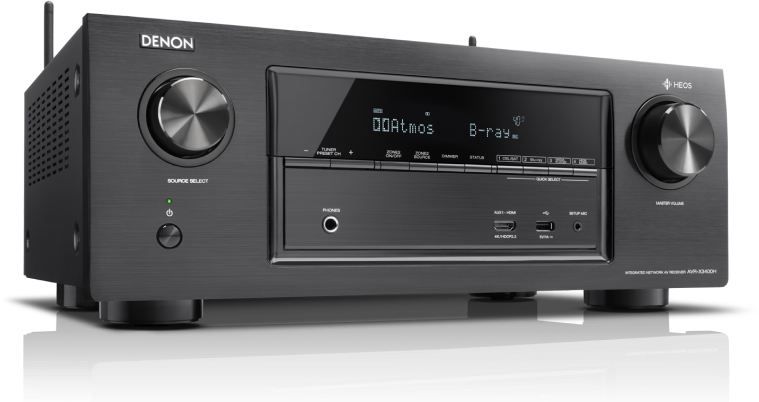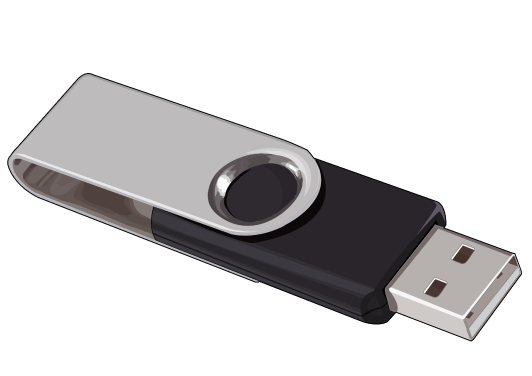
About IAA
This is unbelievably wonderful, to find such like minded creative people, with the same intense dedication in sonic purity, as I have been.
—Joe
I’m happy that I found you.
—Emily
I would like to say thanks to Immersive Audio Album for making these multichannel recordings available. There are a few other companies that I can use for classical music downloads (5.1 FLAC), but pickings are slim for Australian residents especially for rock or progressive rock.
—Kevin
Love your music selections. You’re keeping the multichannel sound flame burning!
—Michael
Our Mission
We are firm believers in owning your music in the highest possible quality. In that spirit, we offer Dolby Atmos music in the high-resolution MKV format through our online marketplace. All our products that are available in the Dolby Atmos MKV format are lossless. With lossless Dolby TrueHD sound - the same codec used for Blu-Ray Audio discs - the detail and clarity heard in the studio is much better preserved.
Releasing Dolby Atmos music in the high-resolution MKV is a worthwhile and low-risk investment for independent artists as well as record labels. Downloads are the perfect "middle road" between streaming and Blu-Ray disc, where listeners get to own their music in the highest possible quality without labels having to spend on authoring and disc replication.
How it Works
Whether you're a seasoned audiophile with an encyclopedic knowledge of media players and Atmos-enabled receivers, or you're just getting started and discovering the world of lossless audio for the first time, you can easily get started and download music from IAA for your listening pleasure at home or wherever you are.
You'll need a few things to get started:
- Mac, PC, or mobile device to purchase and download files from the IAA shop.
- Playback software (VLC Media Player, Plex, Kodi, etc)
- An amplifier + speakers, or headphones
Depending on your home audio setup - and depending on the files you purchase - there are a variety of ways to achieve playback in surround sound and immersive audio formats. First here’s a list of the kinds of files available on our site:
- MKV - Dolby Atmos (TrueHD - lossless)
- MP4 - Dolby Atmos (DD+ - lossy)
- FLAC - 5.1 Surround, 7.1 Surround, Auro-3Dl (lossless - ranging from 24-bit/48kHz up to 192kHZ)
Home theater playback of Dolby Atmos content is contingent on an HDMI connection, as the TrueHD audio is passed as a “bit-stream” from the user’s media player to their A/V receiver for decoding. This is how Dolby Atmos signals are passed to one’s AVR from the streaming services (lossy DD+) and Blu-Ray discs (lossless TrueHD).
All Windows PCs will pass bitstream audio, as will some Blu-Ray players (Oppo series). Additionally, HDMI media player devices such as the Nvidia Shield and Neumi’s inexpensive 4K Atom Lite are confirmed to handle Atmos MKV from an external USB drive or network-attached storage.








NOTE: If you possess an older AVR without Dolby Atmos capability, our MKV files will “fold-down” to traditional 7.1 or 5.1 surround sound with no loss of audio information.
List of confirmed devices:
- Windows PC
- Oppo 103
- Neumi Atom 4K Lite
- Nvidia Shield
- Dune TV-301 HD
Whatever setup you have, you can test playback by downloading our free test track here to confirm your system’s compatibility. We developed this sound test in collaboration with Dolby-certified producer/engineer Gabriel Lundh, and it’s formatted for playback in both Dolby Atmos & 5.1 surround sound.
For additional guidance, check out our Resources page for articles on how to play back Dolby Atmos and surround sound music according to your system.
Who We Are
We’re an offshoot of our parent company, Deviate Labs, a growth agency dedicated to incubating exciting new ventures. We initially started the site as a blog in response to music industry professionals that bemoaned the general lack of dedicated editorial and publicity around the technologically-complex music they were making.
We wanted to shine a light on the musicians and engineers that were working in surround sound and experimenting with immersive audio, knowing that they are ultimately the ones that will propel this new era of music forward.
Here’s a brief outline of our history:
- November 2019: IAA is conceptualized and published as a WordPress blog site featuring articles about past Grammy winners and nominees who made music in surround sound.
- January 2020:A Bad Think’s The Savior is the first 5.1 surround album sold in our shop, which then went on to garner a Grammy nomination for Best Immersive Audio Album.
- March 2020: TIDAL announces support for Dolby Atmos.
- June 2021: Apple Music announces support for Spatial Audio with Dolby Atmos.
- October 2021: IAA partnership with Snapper Music/KScope begins, first album to go live is The Pineapple Thief’s Nothing But The Truth.
- May 2022: Full site redesign and launch of our sonic brand and surround test.
- September 2022: IAA partnership with DriveOn Records begins, first album to go live is Lori Lieberman’s Truly.
- December 2022: IAA partnership with Alma Records begins, first album to go live is Monkey House’s Remember The Audio
- January 2023: IAA partnership with Evolution Music Ground (Evosound) begins, first album to go live is Mr. Big’s Lean Into It.
Real Music You Can Own
Dolby Atmos object-based immersive audio is a paradigm-shifting technology for a variety of reasons, perhaps most notably due to its ability to automatically expand-and-contract based on the number of speakers available in one’s listening setup. As such, the same mix can be enjoyed on anything from earbuds or a soundbar to a 5.1 or 7.1.4 home theater setup.
Overall, we strongly believe that releasing Dolby Atmos music in a Hi-Resolution digital file format (in addition to streaming) is a worthwhile and low-risk investment for record labels. Downloads are the perfect "middle road" between streaming and Blu-Ray disc, where avid listeners get to keep a high-quality copy of the music without labels having to spend on authoring and disc replication.
All the major record labels continue to release stereo music as Hi-Resolution digital downloads via sites like HDTracks or Qobuz, so why not echo the same practice for immersive? Not only does it offer higher-quality audio for listeners - the sonic difference between lossy and lossless presentations of Dolby Atmos is far greater than that of stereo - but it also opens up exciting new opportunities for distribution and revenue, especially for independent acts that are unable to justify the expense of Blu-Ray.
Interested in the market opportunity? Sell your music on IAA!
Interested in real music you can own? Explore our digital music shop!